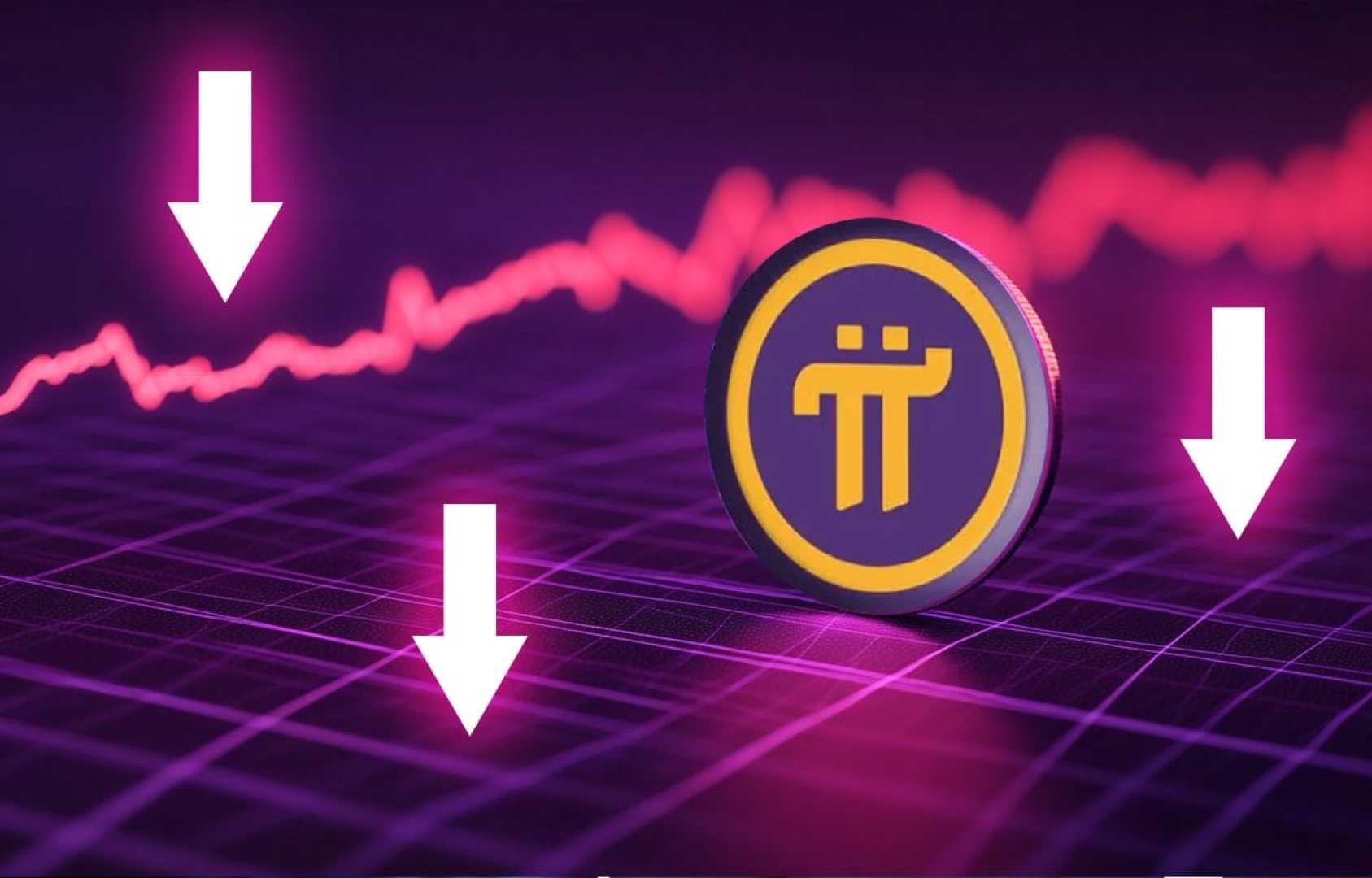Business
Pi Coin Value Plummets: Early Miners Cashing Out in Droves

MIAMI, Fla. — Pi Coin, the digital currency associated with the Pi Network, experienced a dramatic price drop shortly after the launch of its long-awaited Open mainnet, transitioning from an initial price of approximately $1.50 to roughly $0.6655—a staggering decline of over 62%. The rapid decrease raises questions about the sustainability of this cryptocurrency amid inflated pre-launch expectations and a market grappling with oversupply.
One primary factor contributing to the price collapse is the surge of early adopters liquidating their holdings. Many individuals, who had mined Pi for years at minimal or no cost, have taken advantage of the Open mainnet launch to sell their assets en masse, thus inundating the market with supply. “The market simply wasn’t ready for such a sudden influx of coins,” said financial analyst Christine Dutton. “This dramatic sell-off was anticipated by some, but it exceeded market expectations.”
Despite its growing user base, Pi Coin is facing significant hurdles in gaining traction. Currently, the cryptocurrency is listed on platforms such as OKX and Bitget; however, it remains absent from leading exchanges like Binance and Coinbase, which have established criteria that Pi Coin has yet to meet. “Without listing on top-tier exchanges, Pi Coin lacks the visibility needed to attract substantial new investments,” stated crypto investor Jelani Cook.
Prior to the Open mainnet, Pi IOUs, which functioned as futures contracts, were trading at artificially inflated prices—some reaching as high as $200 on BitMart. Many investors had high hopes for the actual launch price to reflect these inflated valuations. “The reality of trading brought investors crashing back to earth as the price adjusted to a more realistic market value,” said Cook. The swift downward adjustment disappointed many eager early investors who had built their expectations on these inflated prices.
While the infrastructure for Pi Coin is in development, the current ecosystem lacks robust decentralized applications (dApps) and substantial use cases beyond basic peer-to-peer transactions. Experts assert that unless Pi Network can generate significant demand through enhanced utility—such as applications in finance or blockchain gaming—or secure substantial exchange listings, its market presence will likely remain weak.
Looking forward, many analysts suggest that investors keep an eye on trends including potential major exchange partnerships and new project collaborations. “Future performance will be closely tied to how the infrastructure develops and how demand evolves in response to new use cases,” concluded Dutton. Without these developments, the ongoing sell-offs could result in further price declines.












